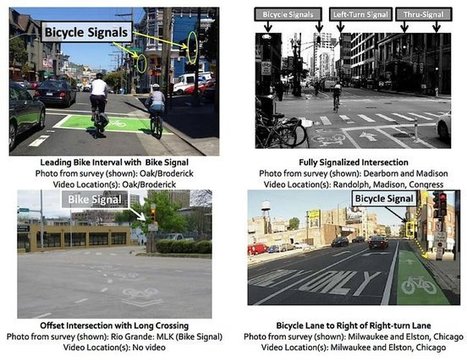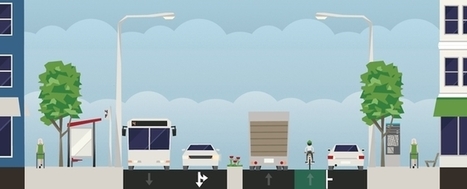When people feel safer they are more likely to ride a bike, and they feel safer in bike lanes.
The idea of "vehicular cycling", where cyclists share the road with cars and act like cars, is looking sillier with every new study. A few weeks ago a study showed that a shocking 40% of cycling deaths happened when a cyclist was rear ended, usually on arterial roads. Now a new study, Lessons from the Green Lanes, provides clear evidence that separated bike lanes work really well, not only at saving lives, but in attracting more cyclists, making cyclists feel safer, and increasing economic activity.
Via Lauren Moss



 Your new post is loading...
Your new post is loading...










Strategies to create sustainable urban places